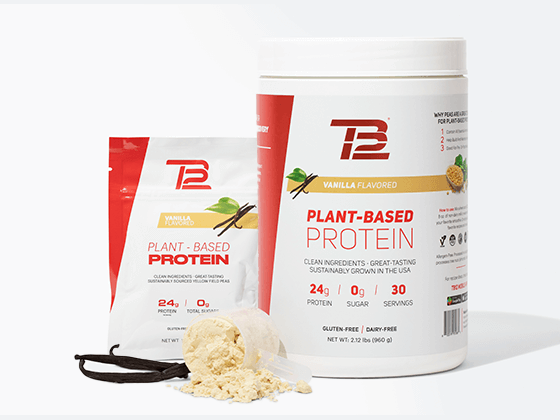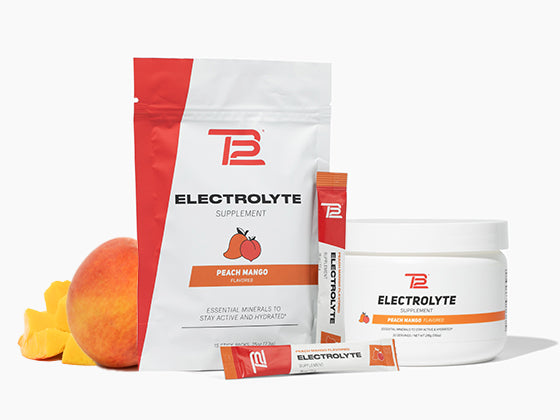TB12
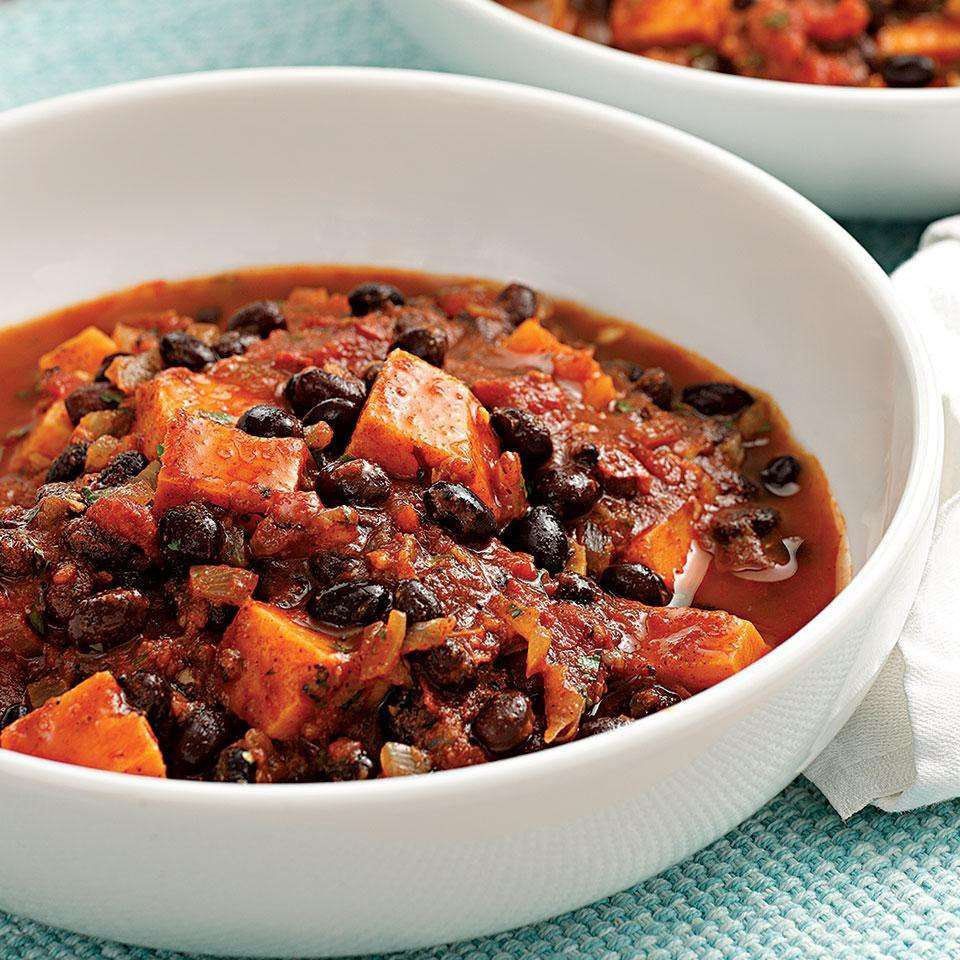
plant-based recipe
Optimizing the Vegetarian Diet plus Sweet Potato Chili Recipe
Going plant-based takes discipline, and not just because of the limited menu.
The vegetarian diet presents some holes in its nutrient profile, and for optimum performance to be maintained, these h...
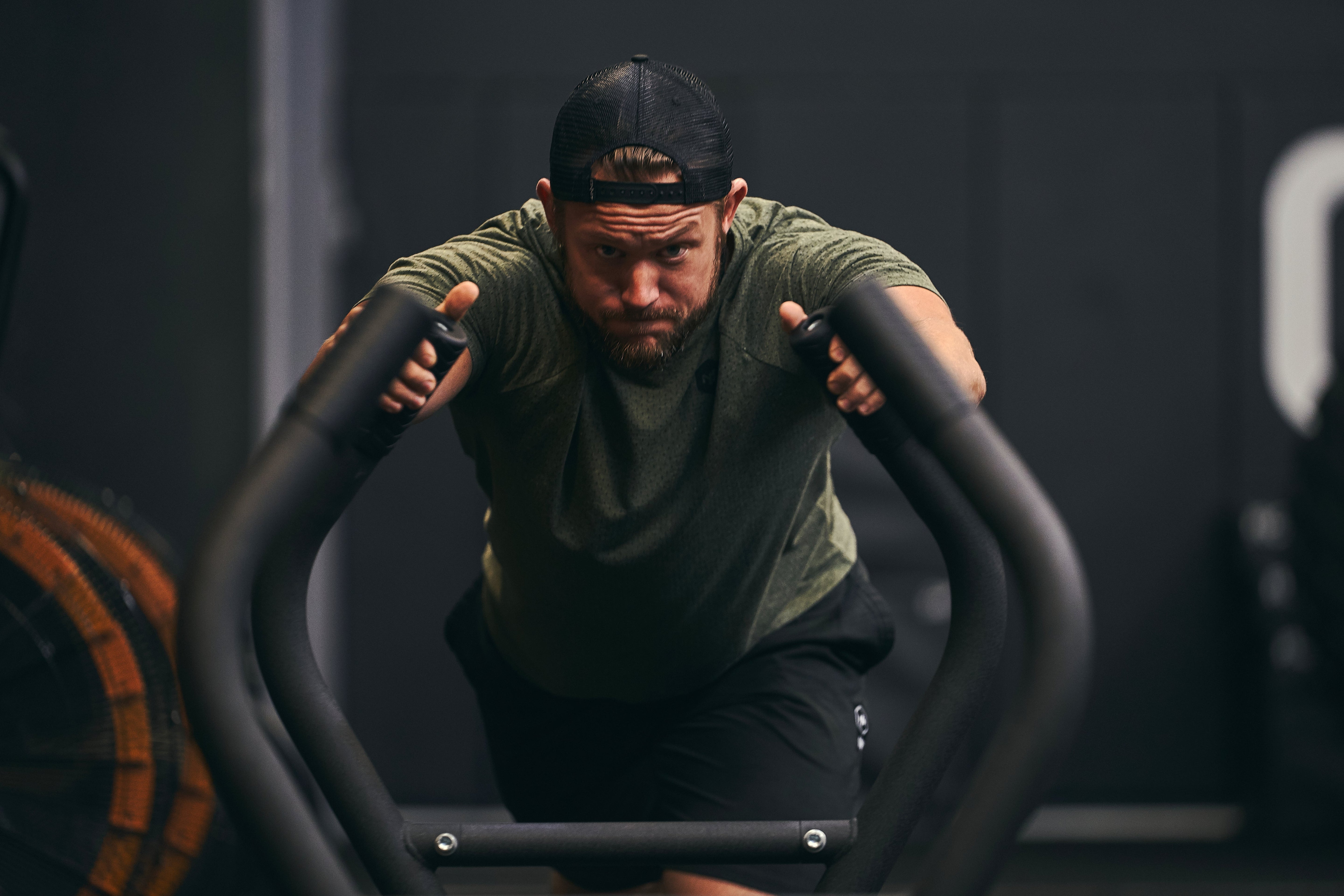
performance
How I Optimize the Morning with TB12 Perform
We all have our morning routines. They all look a little different, but their purpose is the same: setting the tone for the day ahead.
Over the years, I have found that my deepest work happens in t...

Routine Reset
As summer starts to wind down, new routines start to take shape.
Whether it’s the kick-off of a new school year or the new season, there is a fresh energy in the air, and it’s time to harness it. ...
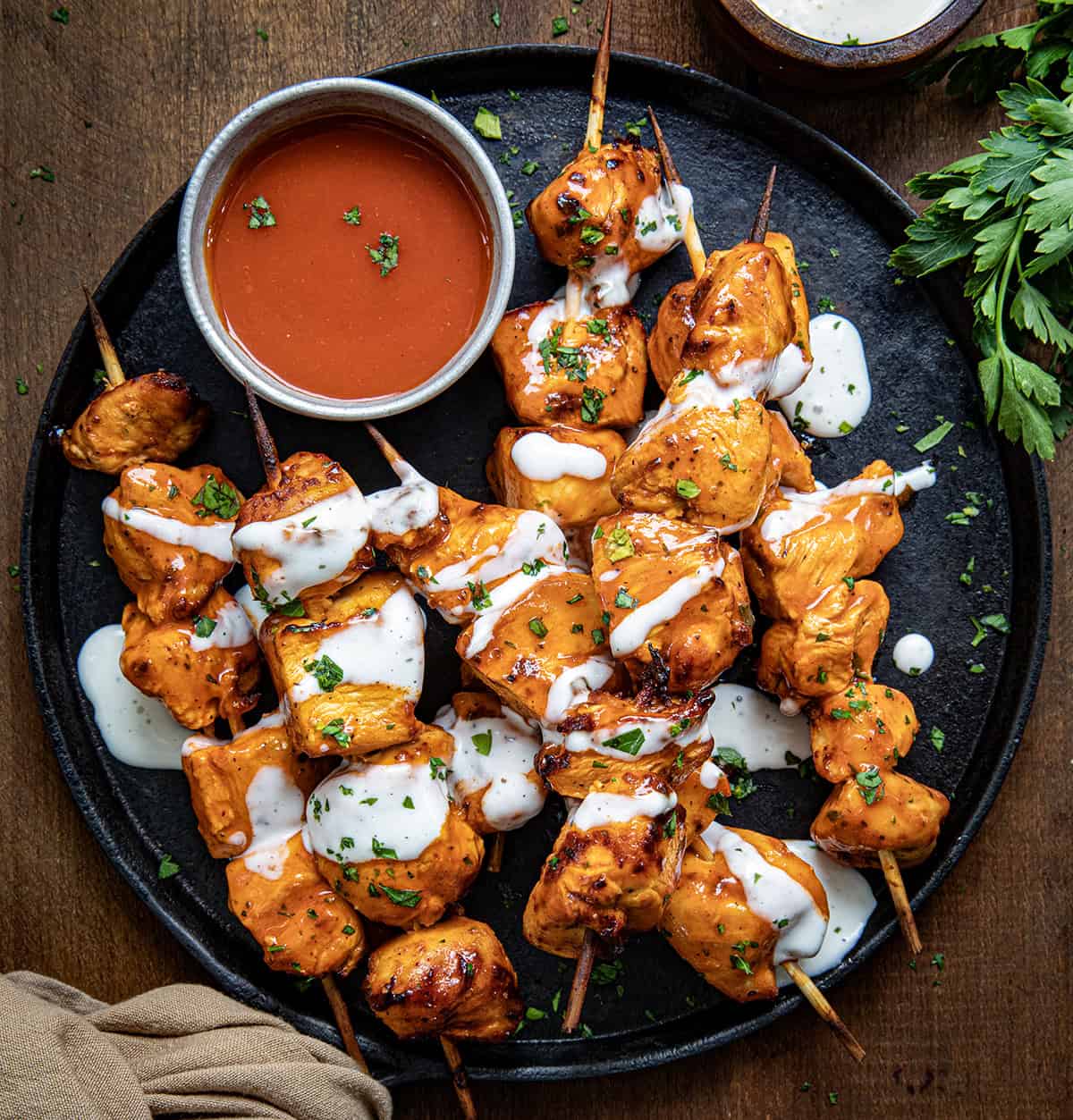
Balanced Diet
Lean, Mean Buffalo Skewers
Just because it’s tailgate season doesn’t mean you have to lose sight of your health and performance. With the right recipes, you can bring the same bold flavors to game day without the extra greas...
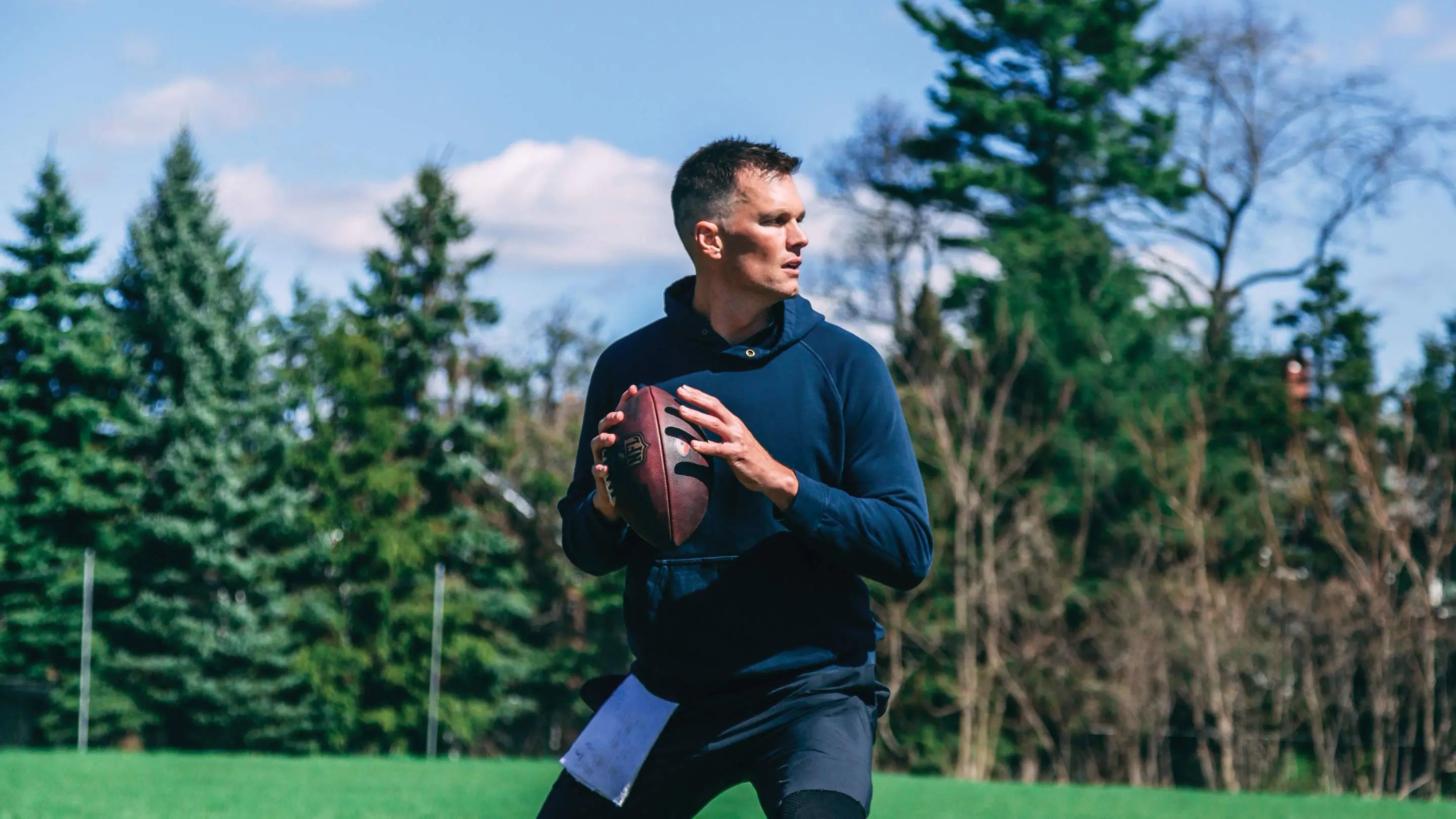
Longevity
Gridiron Longevity - From Week 1 to the Playoffs
Football is not a contact sport. It is a collision sport.
Football in the National Football League is a collision sport for the elite 0.023%.
Full speed chaos peppered with violent collisions, wee...
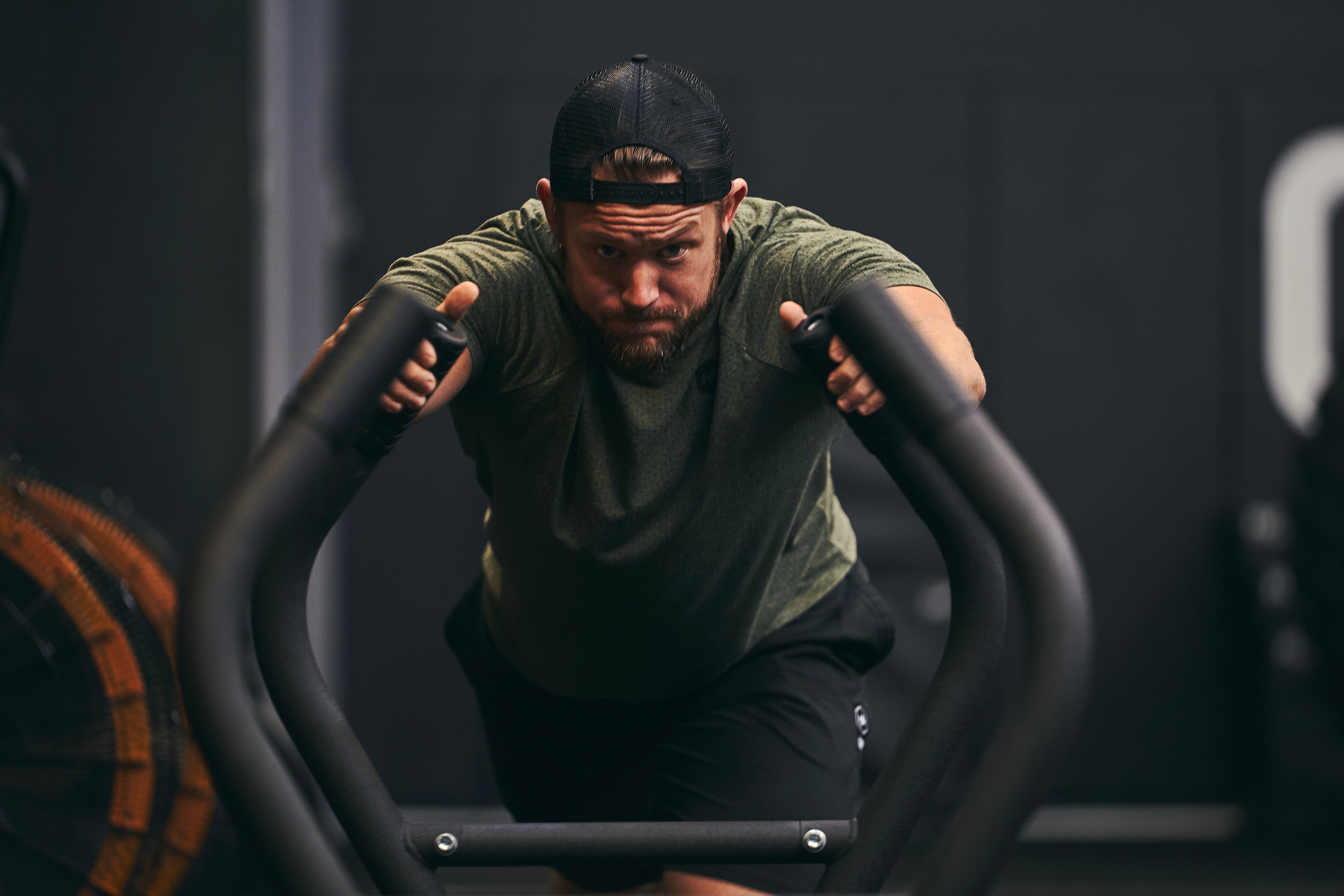
Electrolytes
Dr. K - How I use electrolytes and why they work?
August is here and so is the summer heat. But just because it is hot outside doesn’t mean the work stops.
It means you have to get smarter about how you support your performance, especially when t...
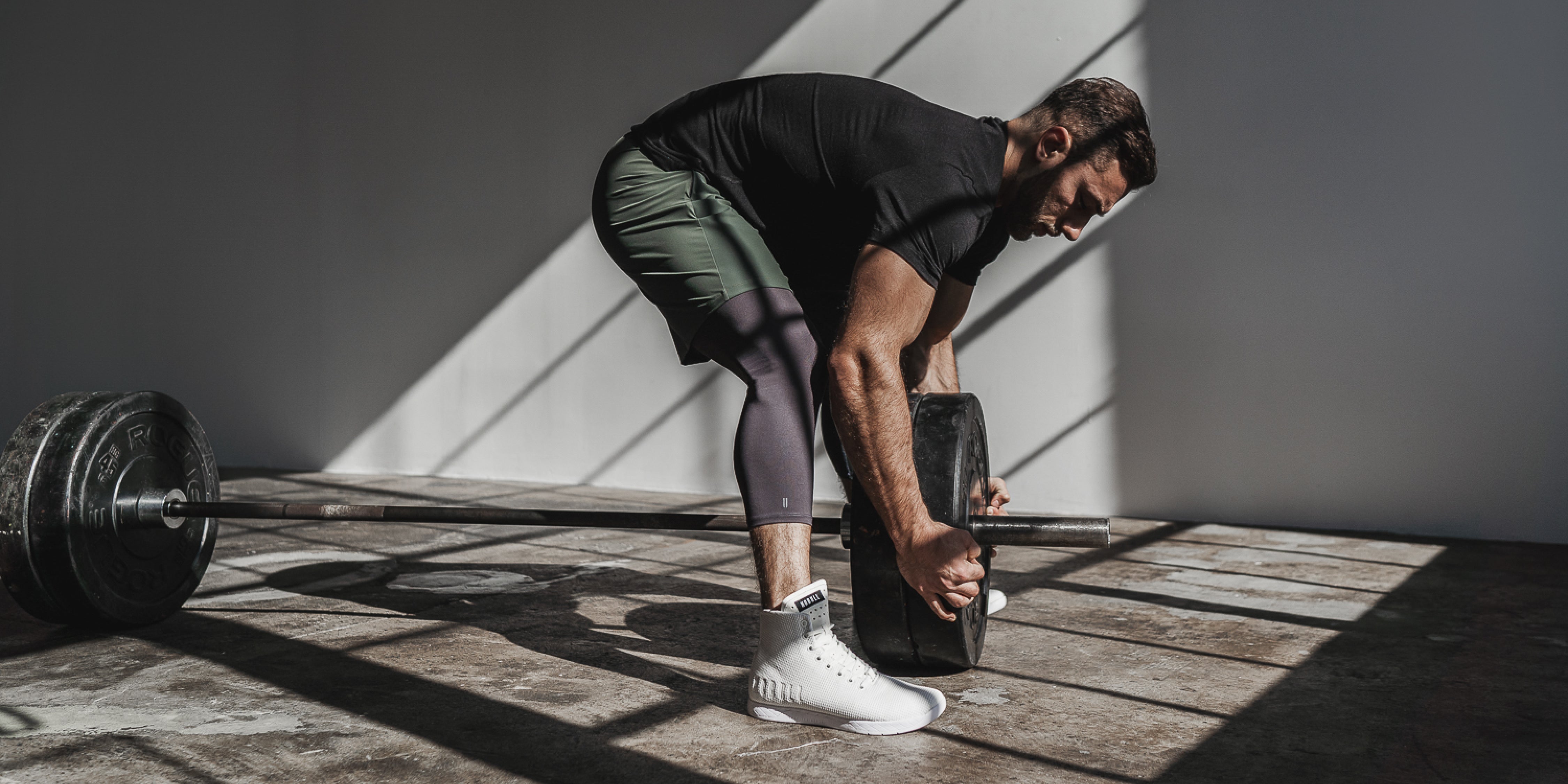
muscle growth
Testosterone Support: Beyond TRT
Men’s health has had quite the come up. Not long ago, the topic was taboo. Conversations about hormones, energy levels, and God forbid, libido, were held at a whisper, if they were had at all.
Tod...
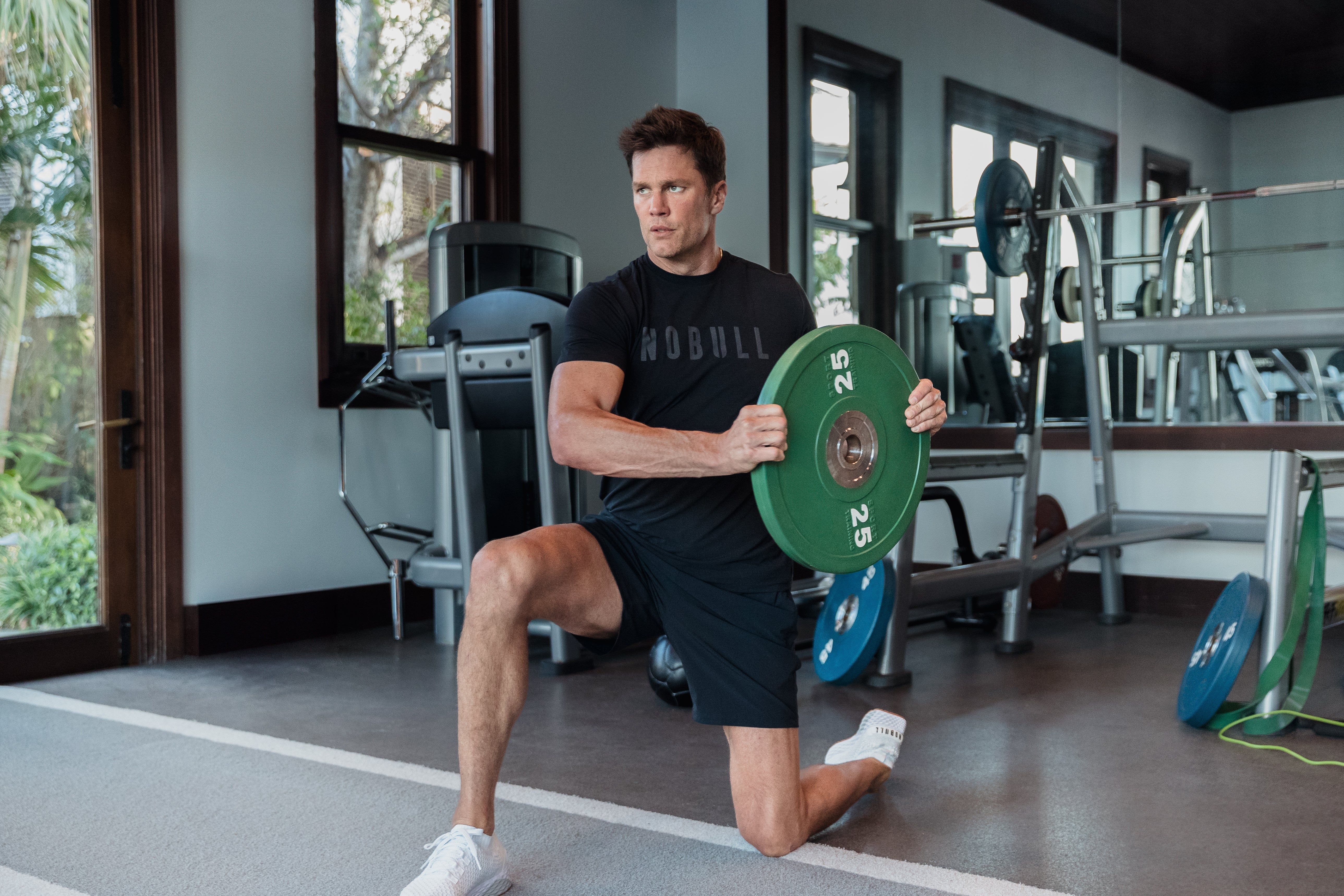
Longevity
Tom Brady: A Masterclass in Longevity
This month, Tom Brady turns 48. And while his 23 years in the National Football League and successful business ventures are more than exceptional, there is something more that makes him stand out. ...

brain health
Brain Boosting Smoothie Recipe
Start your day off right by giving your brain the nutrients needed for optimal performance. Packed full of ingredients that have been shown to support cognitive function, this smoothie is a great c...

